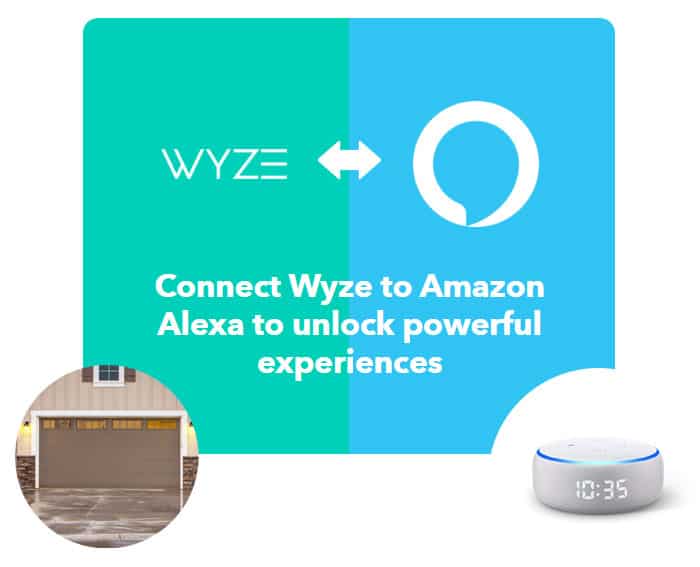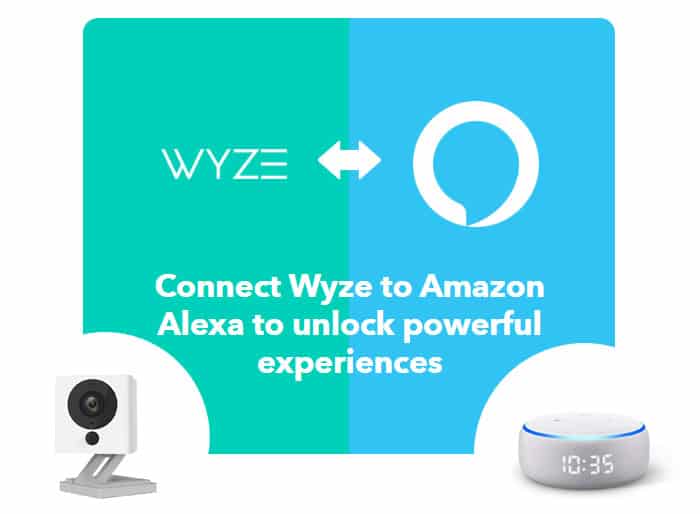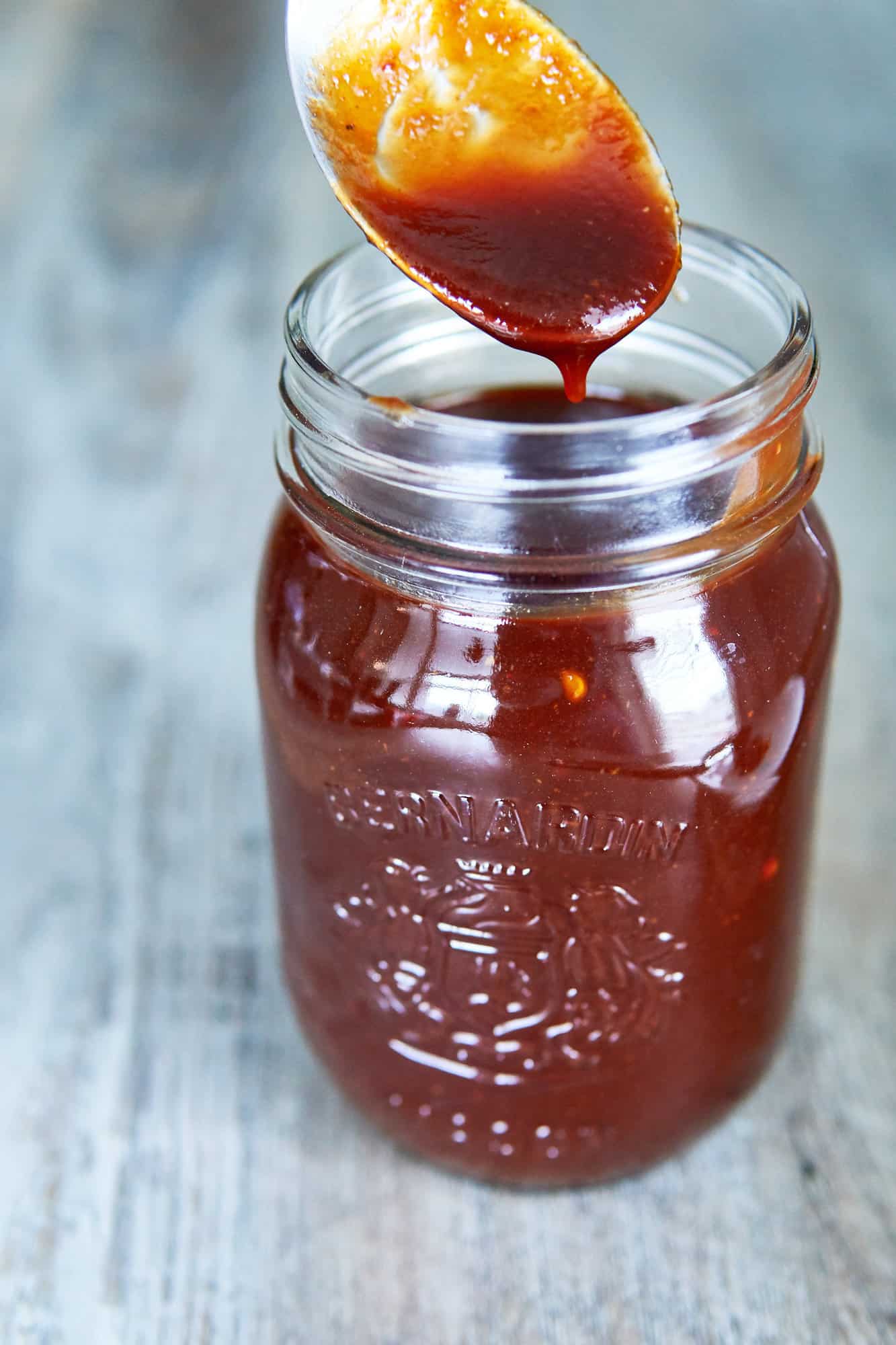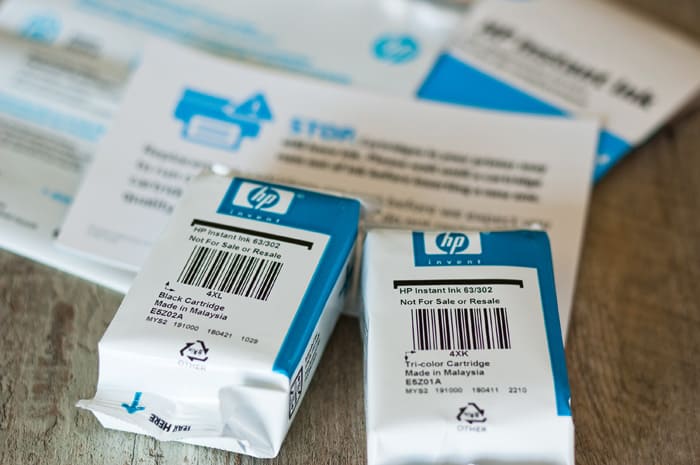As someone who has been building and optimizing websites since the late 90’s, I can clearly say that WordPress optimization has undergone a continual change over the years. What has worked well in the past may not be as effective now. And with Google’s public announcement of Page Experience and Core Web Vitals (CWV), it’s clear that the landscape of web optimization has changed yet again.
Google relies on actual user data to try and find the most suitable answer for user searches. This real world data is measured by Core Web Vitals as the user is viewing a website. WordPress optimization can get complicated. In this article, we will discuss some general methodologies to try and pass Core Web Vitals and achieve a high PageSpeed Insight score.
Google uses Page Experience and Core Web Vitals as signals to determine user experience. Since these signals will now directly and indirectly affect your search engine rankings, one solid way to approach SEO is to try and achieve higher scores as measured by the Google PageSpeed Insight tool. Google uses Core Web Vitals as a tie-breaker. If your website is tied with your competitor’s for a search term, Google will use CWV as a direct reward. Passing all CWV signals will allow you to out rank your competitor.
Having a high Google PageSpeed Insight score usually means your site has been properly-optimized. A higher score normally leads to a better user experience and this can indirectly help boost your search engine rankings.
Start with Less Bloat
Optimization begins before your site is even built. The leaner and more efficient your website is to begin with, the less band-aiding and fixing you will need to achieve higher scores.
After testing and using many page builders like Beaver builder, Elementor etc…, I can confidently say that page builders will make it more difficult to achieve higher scores.
One sure way to ensure that WordPress is ultra lean is to use a highly efficient theme. I have tested many popular themes and can say that the leanest theme available today is GeneratePress. It is clear that Tom Usborne and his team are also speed enthusiasts. Not only is GeneratePress extremely efficient, it is a well-managed and powerful. The premium version combined with GenerateBlocks (also from the same developer) is my choice for building lean websites today.
Wanted to give a big shout out to the entire GeneratePress team. When it comes to support, the GP team is one of the best that I have ever had the pleasure of working with.
I have personally received help from many of their team members including Tom, Stacey, Ying, Leo, Dave, Fernando and Elvin. Hope I did not miss anyone!
Avoid Inefficient Assets & Make Better Choices
Here are some general items that you should be mindful of when optimizing WordPress. When not dealt with properly, these items will slow websites down. In no particular order, we go through the list.
Google Maps
In 2022, a better way to display your business location is to use a static image and then link out to Google Maps. Most users, especially on mobile, will not be interacting with Google Maps on your website. If you link to Google Maps, the user can actually click to open up their mobile app. This leads to a much better user experience and you will not be burdened with the slow loading code needed for Google Maps on your site.
Google Fonts
Unless there is a very strict policy to using a specific font on your website, best practice today is to disable all external fonts and use system fonts instead. This means, the font of your website will be defaulted to the user’s device. For instance, a Mac user will see a different font than a PC user when visiting your website. This is the best way to achieve faster speeds. Removing extra fonts is guaranteed to improve your site score dramatically.
Google reCAPTCHA
In short, Google reCAPTCHA kills speed. When trying to lower spam, there are better alternatives like using the WP Armour – Honeypot Anti Spam and Forget Spam Comment plugins.
Good Web Hosting
Your speed will be only as fast as the server that your website is running on. In web hosting, only 2 of these 3 things can be true:
- Good
- Fast
- Cheap
Choose wisely!
Image Compression
When speed is important, you should optimize all images that is uploaded to your site. Most users who export from Photoshop or Canva are already using some sort of web-ready compression but when possible, a dedicated service to manage compression will give even better results. After testing many options out there, I recommend using Shortpixel to manage all image compression. Shortpixel’s free tier works extremely well if you can stay under their monthly limit. And if you want to try a paid option, you can use this link to make the purchase and your account will automatically receive 50% more credits as a bonus purchase.
Image Handling
Google PageSpeed will sometimes warn that your images being served are not using the “next gen format”. Usually, Google suggests either WEBP or AVIF files instead of JPG. After testing many methods to do this, I would recommend Shortpixel to not only compression your images but at the same time create WEBP and/or AVIF files.
Image Sliders
WEBP has been around longer and will be compatible with most modern browsers. AVIF is the new kid on the block and less browsers are compatible with it. I feel AVIF is a better format to choose moving forward as Apple devices will soon be compatible with it and tests have shown that AVIF files are smaller in size than JPG and WEBP.
There are some sites that require sliders to help get the message across. For most sites, I would say if speed is important, don’t use sliders and find a different design to accomplish your goal. If you really must use a slider, use it lower on the page where possible and defer it. I have found Smart Slider 3 to be one of the more optimized sliders available if you really must use an image slider.
Social Share Plugins
Most social share plugins will slow your site down. As more Internet users are using a mobile device, there has been a steady trend of reports that less and less users are using social share icons to share content. I think a recent published stat showed mobile users were actually 10 times more likely to click on an advertisement than on a social share icon. If your users still heavily use social share buttons on your site, you can either build out your own leaner Social Share button or still run a plugin. Just remember to defer and delay these scripts as they are not needed above the fold. For most industries though, you can probably stop using social share icons completely in 2022.
Lazy Load Images
Lazy loading, sometimes also called deferring, refers to the delayed loading of images until a user scrolls down the page and the image is in view. As some web pages are lengthy, there is no need to load all images that are below the fold until users are ready to see them. Properly deferring images will help with your speed scores. A free plugin that handles lazy loading of images well is Autoptimize. This plugin has over 1 mil+ installs and is from Frank Goossens, a well respected and helpful dev in the WordPress community. I have had the pleasure of brainstorming with Frank over email and he is an extremely knowledgeable and helpful. Once you enable lazy loading of images, be sure to exclude your site’s logo as you do not want to lazy load any images above the fold. Have other images above that fold that you want to exclude? Autoptimize can also handle this as well. In fact, Autoptimize also optimizes js and css. Give it a try yourself. It’s a free plugin.
Lazy Load YouTube and Vimeo Videos
Both of these video services decrease page load speeds dramatically. The best way to counter this is to lazy load iframes and videos. Various plugins like LazyLoad Plugin – Lazy Load Images, Videos, and Iframes (free), WP Rocket (paid) and Perfmatters (paid) can do this.
Animations
Most animations uses JavaScript. JavaScript eats up CPU cycles. Every JavaScript animation you add, the more time it will take the CPU to load your page. It’s best not to use any JavaScript animations.
Page Caching
Page caching is when a more efficient copy of your web page is created and normally stored as a static HTML version. This HTML version is much faster to load then the actual page as it does not require WordPress to retrieve all information via PHP and MySQL. If you have access to server caching from your host use it. If you do not, a simple cache plugin like WP Fastest Cache is easy to setup and very effective.
Use CloudFlare
Most people refer to the free version of CloudFlare as a CDN but technically, this is incorrect as the free version is not a true CDN but rather acts more like a proxy. There is no need to get into technical details here but know that CloudFlare offers a great free option for anyone to use for a DNS. It is easy to setup, very fast and extremely powerful. Every site that I manage is using CloudFlare.
JavaScripts
JavaScripts slow down websites more than almost anything else. If you can manage your JavaScripts well, when combined with a lean theme, your chances of getting a high site speed score is greatly increased.
Defer or delay your JavaScript using tools like WP Rocket (paid), FlyingPress (paid) and Perfmatters (paid). Each solution has their own way to manage JavaScripts. One thing to note is that delaying of JavaScripts can lead to the dreaded double tap iOS issue. This is an intermittent glitch that causes users to have to tap twice in an iOS device for links to work. I was one of the first to report this glitch over 2 years ago to the community and it turns out it has to do with the way Apple is deploying Haptic touch. As far as I know, as of the writing of this article, only Permatters has rolled out a solid way to deal with this issue. I have tested all 3 of the above solutions and have ultimately chosen Perfmatters as my go-to solution for all client work as well as for my own websites.
Perfmatters Coupon – 20% Off
Perfmatters.io is a great piece of software founded by brothers Brian and Brett Jackson. They are experts in the field and are just as big of a speed enthusiast as myself. As such, they are offering all of my readers and clients a 20% discount. Use this link and enter IANLEE as the discount code and get an additional 20% off on any purchase of Perfmatters.
If you use my code, I will earn a small affiliate commission. And anyone who uses IANLEE to purchase an Unlimited Sites license will receive my personal help to get Perfmatters setup and optimized properly. Just email me your Invoice ID so I can confirm that you have indeed purchased a qualifying license.
Want the Best Speed Scores?
Follow the simple guidelines above and use Perfmatters to finalize your optimization. After 20+ years of optimizing websites, I can clearly say that Perfmatters is unique, comes with the most inclusive tools to fully optimize WordPress and the team behind it are experts at what they do. Perfmatters paired with an efficient theme will pass Google Core Web Vitals and get you high PageSpeed scores.
Mobile PageSpeed score of this site is 99. See image below.
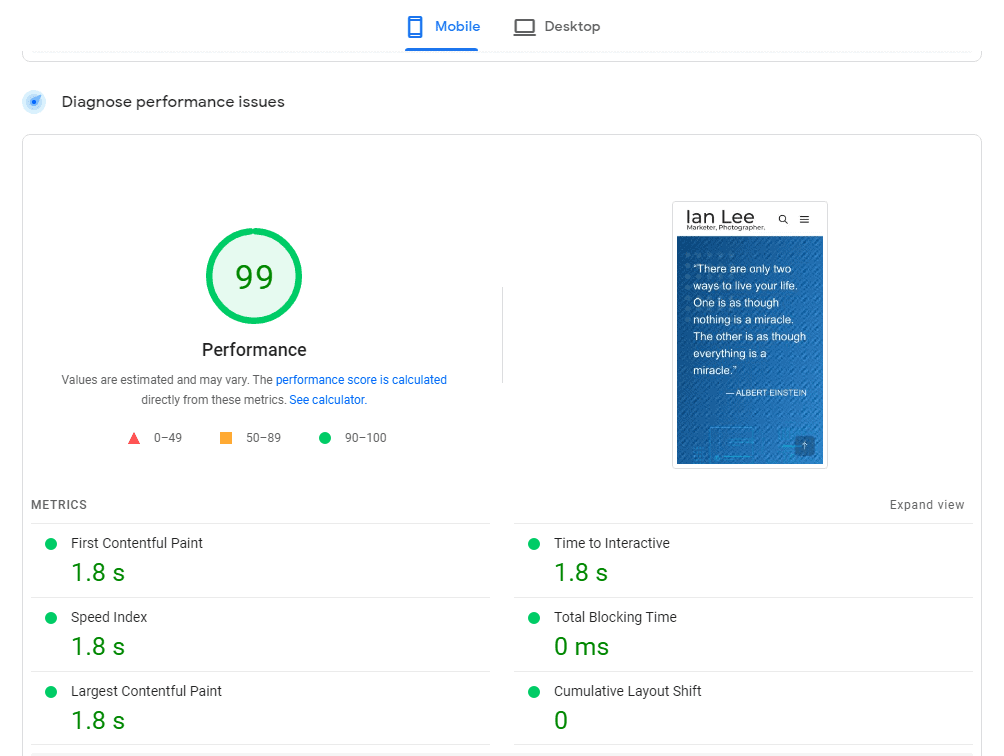
If you have used some of the above methods to increase your site speed, do share your before and after scores in the comments below! I would be very interested to know.



